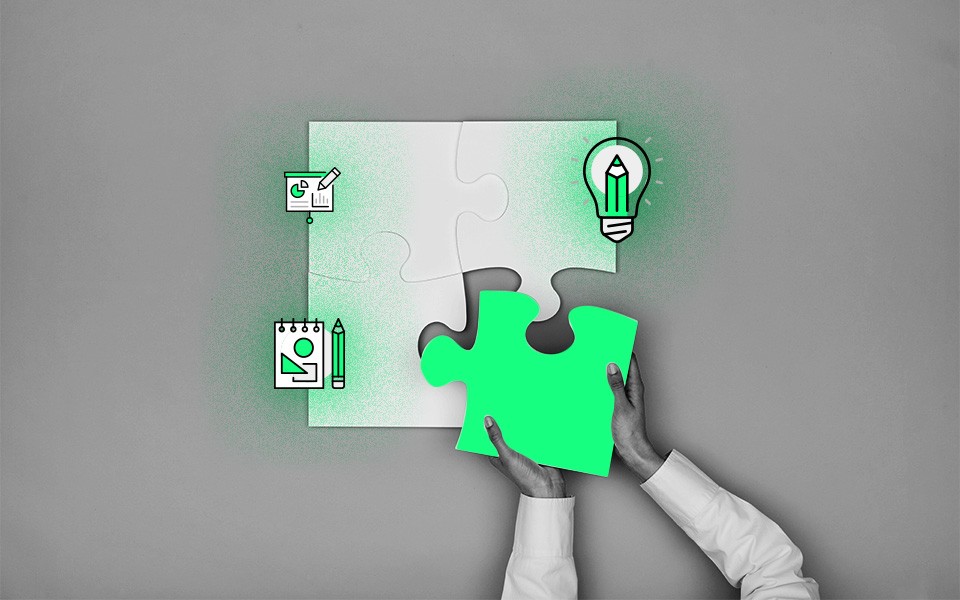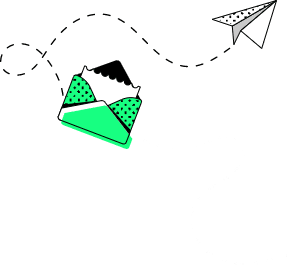 Back to blog
Back to blog
The project manager’s role in the design stage

Within the project team, the roles are clearly defined. You get a designer working on UX, developers responsible for the front and back-end, and then there is also a project manager. All of them are like perfectly fitting pieces of the puzzle. Their duties don’t usually overlap. For example, it would be a waste of time for the designer to spend hours on administrative issues. Or for the developer to coordinate every team member’s work. There must be a person who looks at the big picture and oversees the workflow – that’s the project manager. His tasks are crucial to the project’s success, so if you look for a company to create your website, always turn to one that hires people for that role.
What does a project manager do?
In Develtio, we employ experienced project managers (PMs) who help turn ideas into business success for our clients. These people need to be highly organized, resilient, and communicative. They coordinate the work of an internal team and manage clients’ expectations at the same time. Their duties include, for example:
- Prioritizing and monitoring project tasks
- Tracking time spent on the project
- Troubleshooting
- Reporting on progress
- Maintaining the documentation
- Staying in touch with clients and making sure their expectations are met
And that’s not all, of course. But this short list already shows how complex and demanding this role is (albeit also super exciting and fun).
The project manager’s role in the design process
We believe it’s very important for the project manager to be actively involved in your website’s or application’s design. Of course, the client’s business needs and, consequently, requested products differ, and so do the projects. However, in most cases, the designer-PM cooperation looks similar.
The project manager cooperates closely with the designer from the moment they both receive a client’s brief with the requested product’s description. They meet the client to discuss the expectations in detail, clarify any doubts, and establish the next steps in the process. The project manager accompanies the designer when they explain to the client for the first time what wireframes are and why creating them is a crucial step in the website development. When the plan is in place and expectations defined, the creative work starts. The client receives the wireframes of his product once they’re ready and can discuss them with our team to pin down the functionalities and decide on interface elements.
that you can change
your business.

The person coordinating the team’s work cooperates with the designer and the client simultaneously. While they are ready to answer customers’ questions regarding the wireframes, they also discuss internally with the designers the best approach to take to ensure that the client’s business needs and style preferences are met and his concept is understood correctly.
If the presented wireframes are approved, the design of the main page starts. (That’s usually the case; however, as we mentioned, the projects differ, and occasionally another page may be created first.) This main page is showcased to the client, who then has a chance to provide his feedback. We involve clients early on so that we can correct the course of action without delaying the work, if needed.
Here, the designer and PM work together in tandem and not only provide answers and clarify doubts, but also use their experience and skills to explain or suggest the most suited solutions. We want to ensure the client’s success by providing the best possible product, so the project team takes a proactive approach and proposes ideas that could improve the final outcome.
Comments are taken into account, and the agreed changes are implemented. Then, the time comes to establish the work order and next steps in the project. If needed, after the whole website is designed and presented, the second iteration of the client’s corrections can occur.
Such a level of project manager’s engagement in the design phase is not a rule in the digital world. However, in Develtio, we believe that a person holding this role should be present to build a bridge between the client and the designer, facilitate communication, and ensure that expectations are met and the best solutions are delivered.
Conclusion
If we want the project to succeed, well-executed management is critical. While designers and developers focus on creative work, the manager will oversee organizational and administrative issues, monitor progress and implementation, and solve emerging problems. In Develtio, we hire the best people for this demanding job.
Similar posts:
What can we do for you?
Talk to us about your project and let's start building it together!







